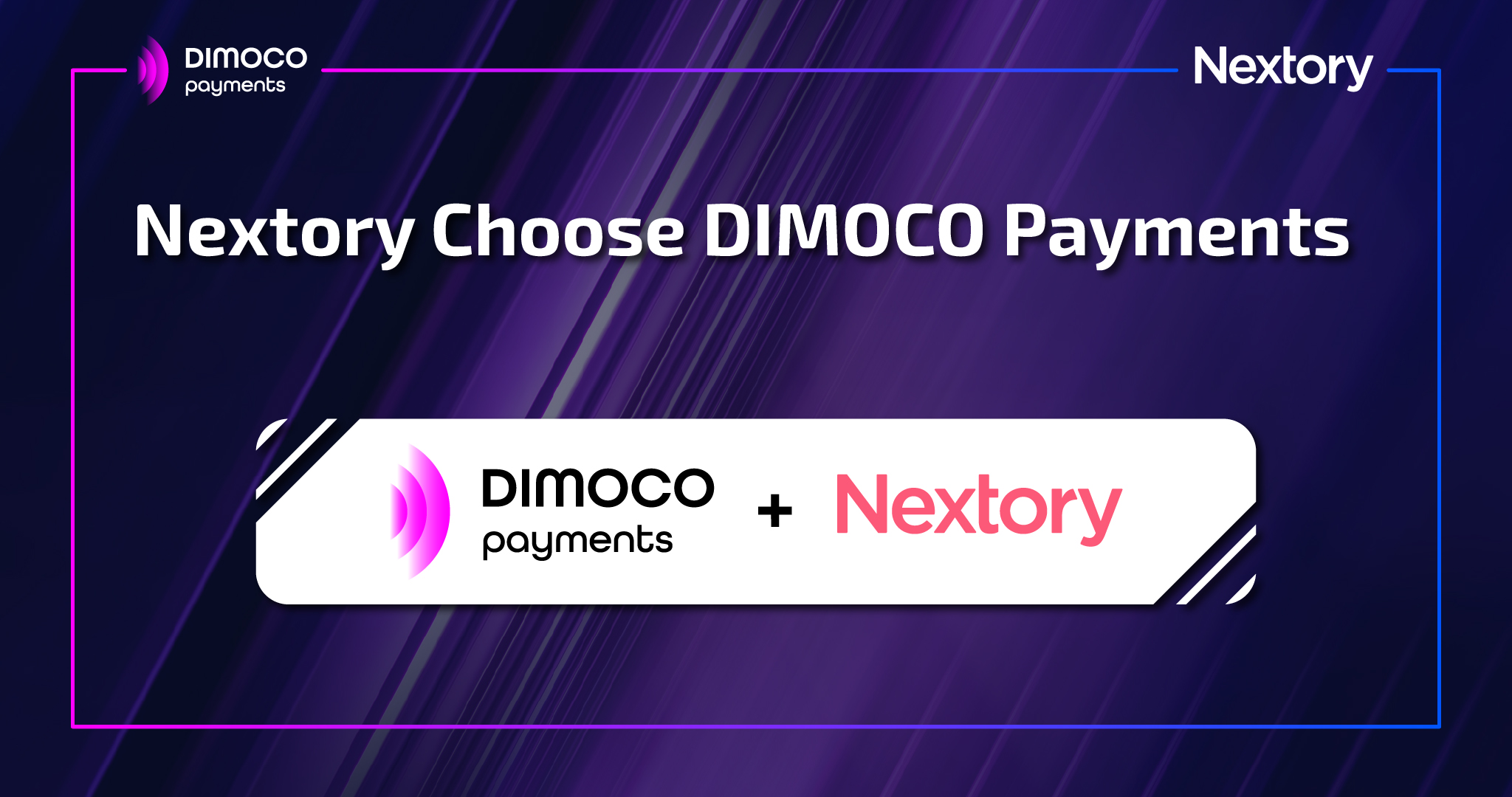Elevate Customer Experience to Drive Revenue Growth
Payment setups are becoming more demanding as eCommerce grows. Businesses are increasingly realizing the central role of customer experience (CX) in driving revenue growth. A seamless, frictionless payment experience is a key component of CX, influencing customer satisfaction and loyalty. Let’s explore best practices for optimizing payments to enhance CX, focusing on actionable strategies that you can implement to drive your business success.
Understanding the CX Imperative
Customer experience has emerged as a critical differentiator for businesses across industries. It encompasses every interaction a customer has with a brand, from initial engagement to post-purchase support. Businesses that prioritize CX gain a competitive edge, fostering customer loyalty and advocacy.
The Role of Payments in CX
Payment processes represent a crucial touchpoint in the customer’s journey. A smooth, convenient payment experience can enhance CX and build trust, while friction during checkout can lead to frustration and abandonment. Businesses must optimize payment processes to streamline transactions and satisfy customers.
Learning from Success
Explore real-world examples of businesses that have successfully optimized payments to enhance CX and drive revenue growth. Case studies illustrate the impact of implementing best practices, such as reducing checkout abandonment rates and increasing customer satisfaction scores.
Implementing Payments Best Practice
To optimize payments and enhance CX, you should conduct a comprehensive audit of current payment processes to identify pain points and areas for improvement. Ask yourself:
- How easy is it for customers to complete a transaction, and are there any common complaints or issues reported by customers during the payment process?
- What payment methods are currently accepted? Are there any popular payment methods that are not currently supported, causing difficulties for customers?
- How many steps are involved in the checkout process? Is it streamlined and intuitive, or does it involve unnecessary complexity that might deter customers from completing their purchase?
- What security measures are in place to protect customer data and prevent fraudulent transactions? Have there been any security breaches or incidents in the past that might undermine customer confidence, if yes, what has been done to solve them and stop them happening again?
- How well do your payment systems integrate with other systems and platforms used by the business. Are there any compatibility issues or technical challenges that need to be addressed for smoother operations?
- How reliable are the payment processing systems in terms of downtime or outage? What is the average processing time for transactions? How does this impact the speed and efficiency of your payment flow?
- What are the fees associated with different payment methods and processors, including any hidden costs or unexpected charges that could be minimized or eliminated to optimize costs?
- What data and analytics are available to track payment performance and customer behavior, and how effectively are these used to inform decision-making and identify opportunities for improvement in the payment experience?
CX as a Competitive Advantage
As customer expectations continue to evolve, businesses must prioritize CX as a strategic differentiator. By optimizing payments to enhance CX, businesses can distinguish themselves in the market, foster customer loyalty, and drive sustainable revenue growth.
Optimizing payments is essential for enhancing CX and driving revenue growth. By implementing best practices and focusing on delivering seamless, convenient payment experiences, businesses can create value for customers and gain a competitive edge in today’s dynamic marketplace.



